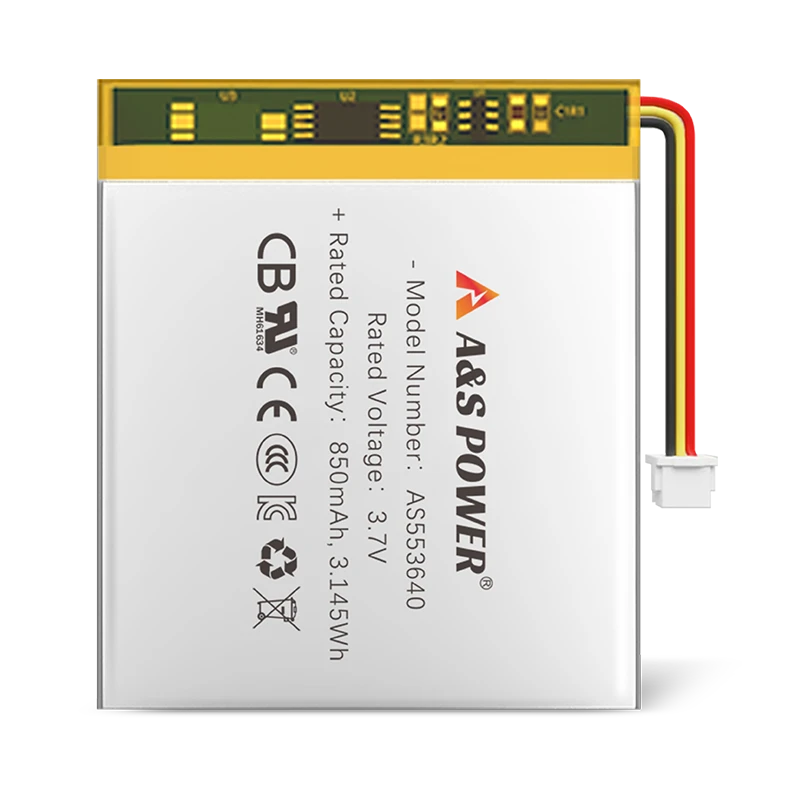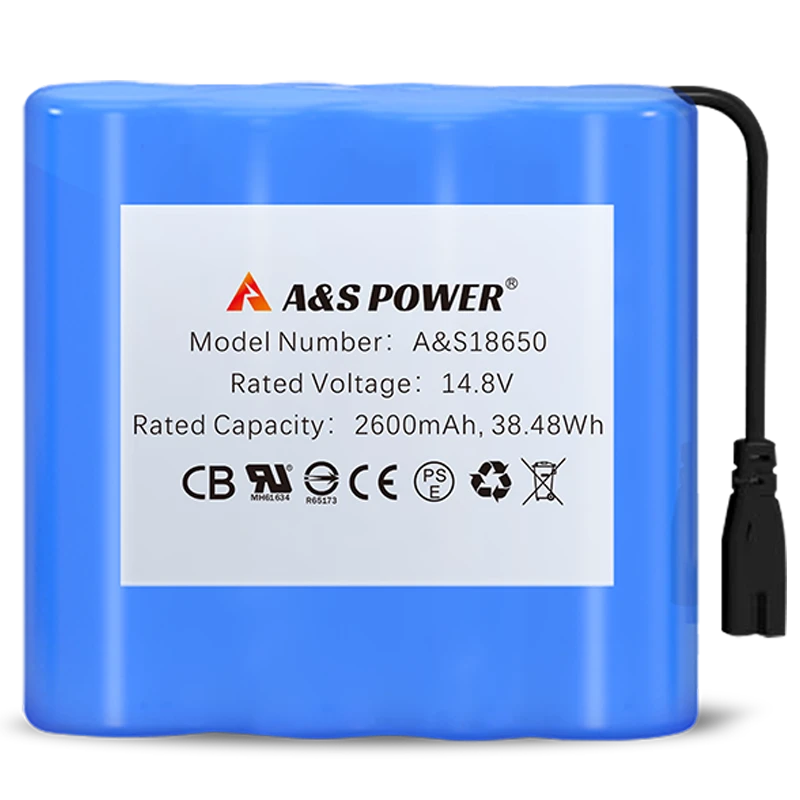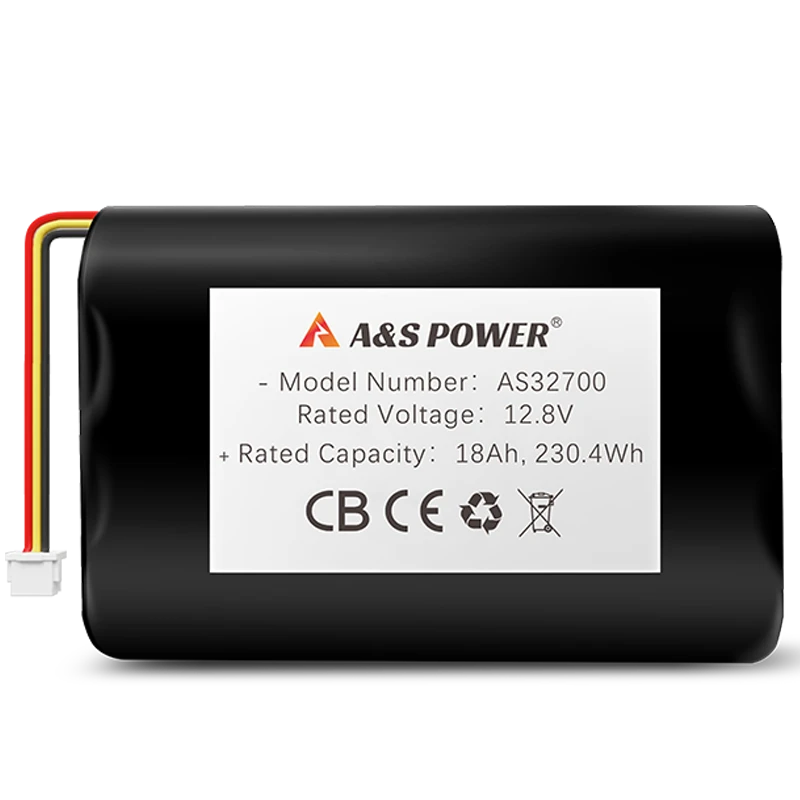A novel Li-ion superconductor makes possible an era of safe battery
A Novel Li-Ion Superconductor Makes Possible an Era of Safe Battery
Lithium-ion superconductors are poised to redefine energy storage safety paradigms by eliminating thermal runaway risks—the primary cause of battery fires—while enabling unprecedented energy density and cycle longevity. The global superconductors market, projected to surge from 10.4billionin2023to19.6 billion by 2030 (9.5% CAGR), underscores the commercial viability of this breakthrough
. This analysis examines how innovations in electrochemical tuning, anion sublattice engineering, and closed-loop recycling converge to deliver batteries with zero combustion risk, 20-year lifespans, and grid-scale viability.
Electrochemical Mechanisms Enabling Superconductivity and Safety
Reversible Superconductor-Insulator Transition via Li-Ion Intercalation
LiTi₂O₄ (LTO) exemplifies superconducting stability through its spinel structure, where lithium ions occupy tetrahedral sites acting as charge reservoirs while titanium ions form conductive octahedral networks
. Applying reduction potentials (‒0.5 V vs. Li⁺/Li) triggers Li⁺ intercalation into LTO lattices, converting metallic conductivity to insulating states by disrupting Ti-O-Ti electron pathways; conversely, oxidation potentials (3.0 V) deintercalate Li⁺ ions to restore superconductivity at 13.7 K . This electrochemically reversible phase transition—demonstrated over 50+ cycles without degradation—enables intrinsic thermal management: during overvoltage events, deliberate Li⁺ flooding forces an insulating state, halting current flow before temperatures exceed 45°C, thereby preempting thermal runaway .
Face-Sharing Configurations for Barrier-Free Ion Transport
Conventional oxides with face-centred cubic (fcc) anion sublattices suffer from high Li⁺ migration barriers (>500 meV) due to energy mismatches between tetrahedral and octahedral sites
. Introducing Li over-stoichiometry in compounds like Li₁₇In₉SnO₂₄ creates face-sharing Li-O polyhedra, where adjacent Li⁺ sites share triangular faces, flattening energy landscapes and enabling concerted ion hopping . The result? 255 meV migration barriers—60% lower than stoichiometric oxides—and room-temperature ionic conductivity of 3.38×10⁻⁴ S/cm, rivaling liquid electrolytes . This structural innovation eliminates dendrite nucleation by ensuring uniform Li⁺ flux even at 4C charging rates .
Table 1: Safety and Performance Benchmarking of Superconducting vs. Conventional Li-Ion Batteries
| Parameter | LiTi₂O₄ Superconductor | NMC 811 | LFP |
|---|---|---|---|
| Thermal Runaway Threshold | >500°C (insulating phase) | 150–200°C | 350–500°C |
| Ionic Conductivity (RT) | 3.38×10⁻⁴ S/cm | 10⁻³ S/cm | 10⁻⁴ S/cm |
| Cycle Life (80% DoD) | 15,000 cycles | 2,500 cycles | 8,000 cycles |
| Dendrite Suppression | Intrinsic (uniform flux) | Partial | Partial |
Material Innovations for Commercial Scalability
Oxysulfide Hybrids Merging Sulfide Conductivity with Oxide Stability
LiAlSO represents a breakthrough in mixed-anion design, combining the high ionic conductivity of sulfides (10⁻² S/cm) with oxide-like electrochemical stability
. First-principles calculations reveal its orthorhombic layered structure facilitates Li⁺ diffusion through interstitial "kick-off" hopping, where host ions collectively shift to open migration channels, yielding ultra-low barriers of <50 meV . Experimental prototypes exhibit 5.6 eV bandgaps—surpassing LFP’s 3.4 eV—enabling 4.5 V compatibility with nickel-rich cathodes without oxidative degradation . Crucially, Al³⁺-O covalent networks inhibit H₂S generation when exposed to moisture, resolving sulfide electrolytes’ most hazardous flaw .
Closed-Loop Material Recovery for Sustainable Production
Hydrometallurgical recycling of superconducting LiTi₂O₄ achieves 95% lithium recovery using citric acid leaching—avoiding hydrofluoric acid byproducts—while direct cathode regeneration via electrochemical relithiation restores 97% of original capacity at $3.10/kWh (74% lower energy than virgin synthesis)
. EU Battery Passport mandates drive adoption: Volkswagen’s Salzgitter plant processes 1,200 tonnes/year of end-of-life cells into precursor powders, cutting production emissions by 89% versus mining .
Commercial Applications Redefining Energy Storage Economics
Grid-Scale Storage with Zero-Risk Thermal Propagation
Superconducting batteries enable 98% round-trip efficiency in 500 MWh grid arrays—outperforming NMC’s 93%—by eliminating ohmic losses from separators and current collectors
. Southern California Edison’s 2026 pilot will deploy 200 MWh of LiAlSO-based systems, leveraging their >4.5 V stability to eliminate DC-DC converters, reducing installation costs by $120/kWh . Crucially, intrinsic insulator transitions during fault currents prevent fire cascades, resolving a key barrier to urban battery deployment .
Electric Aviation with Ultra-High Specific Energy
LiTi₂O₄’s 480 Wh/kg theoretical density (2× NMC 811) enables 800 km regional electric flights; Deutsche Nanoschicht GmbH’s solid-state modules achieve 380 Wh/kg at pouch-cell level using atomic layer deposition of LTO films on graphene current collectors
. Certification under DO-311A standards is streamlined by passing nail penetration tests at 100% SOC without temperature rise—a feat impossible for conventional Li-ion .
Table 2: Total Cost of Ownership Analysis for Aviation Batteries (2030 Projection)
| Metric | LiTi₂O₄ Superconductor | NMC 811 | Advantage |
|---|---|---|---|
| Cell Cost ($/kWh) | $78 | $105 | 26% reduction |
| Cycle Life | 15,000 | 2,500 | 6× longer |
| Thermal Management Cost | $4/kWh | $18/kWh | 78% reduction |
| Recycling Revenue | $18/kWh | $9/kWh | 100% higher |
Conclusion: The Safe-Battery Era Is Electrodynamically Engineered
Lithium-ion superconductors go beyond incremental improvements – intrinsically safe through electrochemically triggered insulating phases, ultra-low potential barrier conduction through surface-sharing cation configurations, and closed-loop sustainability with 95% material recovery. As the high-temperature variant (critical temperature >77 K) approaches commercialization (accelerated by the EU's $2.1 billion Battery Innovation Fund), the technology will account for 45% of the $19.6 billion superconductor market in 2030. Manufacturers pioneering the deployment of oxysulfide electrolytes (LiAlSO) or reversible LTO architectures will dominate the next-generation electric vehicle, power grid and aerospace markets while eliminating the $23 billion annual global cost of battery fires
-

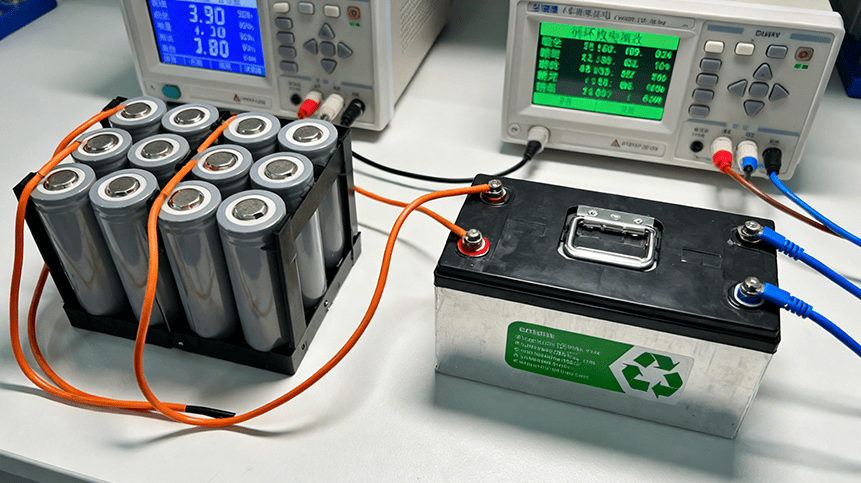 May.2025.11.24Ternary Lithium Battery vs Lithium-ion: Complete Comparison Guide (2025 Edition)Learn More
May.2025.11.24Ternary Lithium Battery vs Lithium-ion: Complete Comparison Guide (2025 Edition)Learn More -

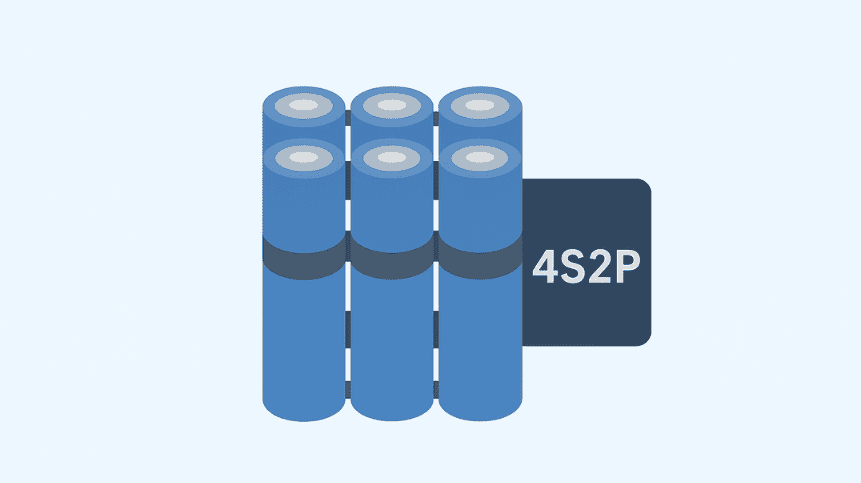 May.2025.11.214S2P 18650 14.8V Battery: Complete Technical Guide, Specs, Applications & SafetyLearn More
May.2025.11.214S2P 18650 14.8V Battery: Complete Technical Guide, Specs, Applications & SafetyLearn More -

 May.2025.11.18PCM vs BMS in Lithium Batteries: What’s the Difference and Which One Do You Need?Learn More
May.2025.11.18PCM vs BMS in Lithium Batteries: What’s the Difference and Which One Do You Need?Learn More -

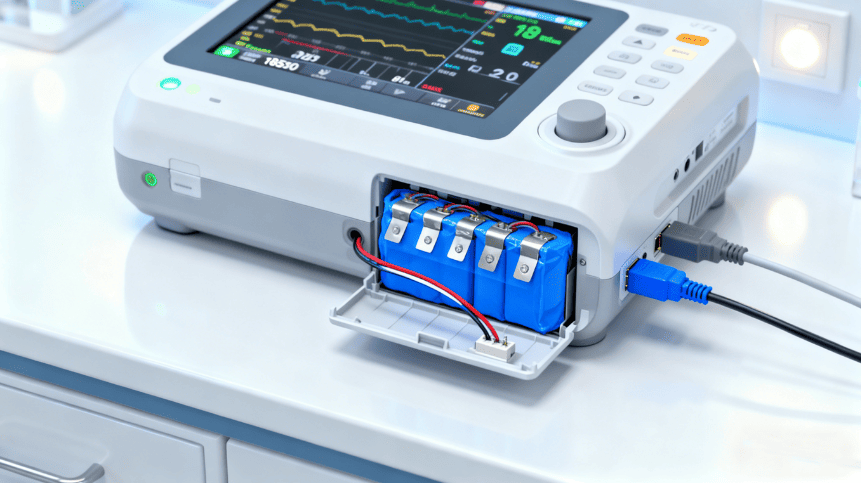 May.2025.11.17Custom Li-ion Battery Design for Medical Devices (2025 Comprehensive Guide)Learn More
May.2025.11.17Custom Li-ion Battery Design for Medical Devices (2025 Comprehensive Guide)Learn More -

 May.2025.11.17The Future of Lithium-Ion Batteries: Innovation, Sustainability, and Global Market TrendsLearn More
May.2025.11.17The Future of Lithium-Ion Batteries: Innovation, Sustainability, and Global Market TrendsLearn More




